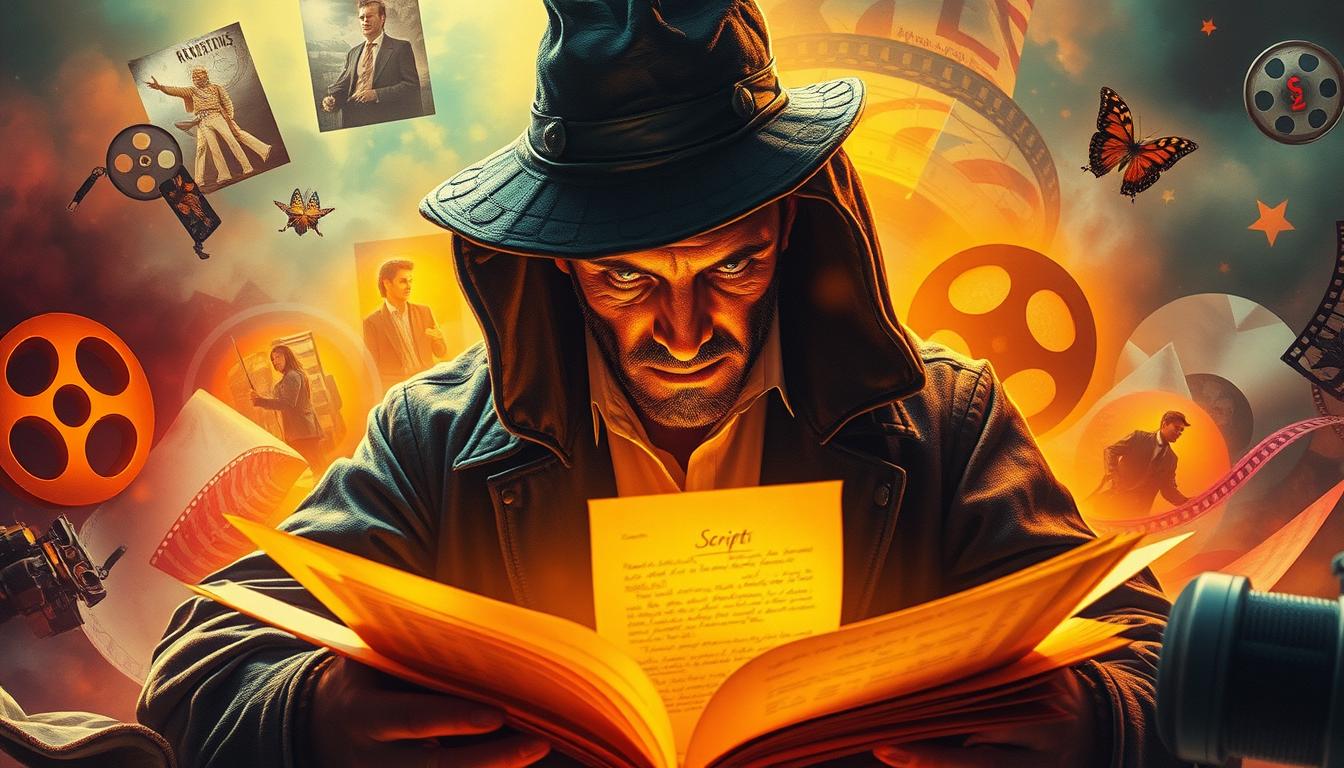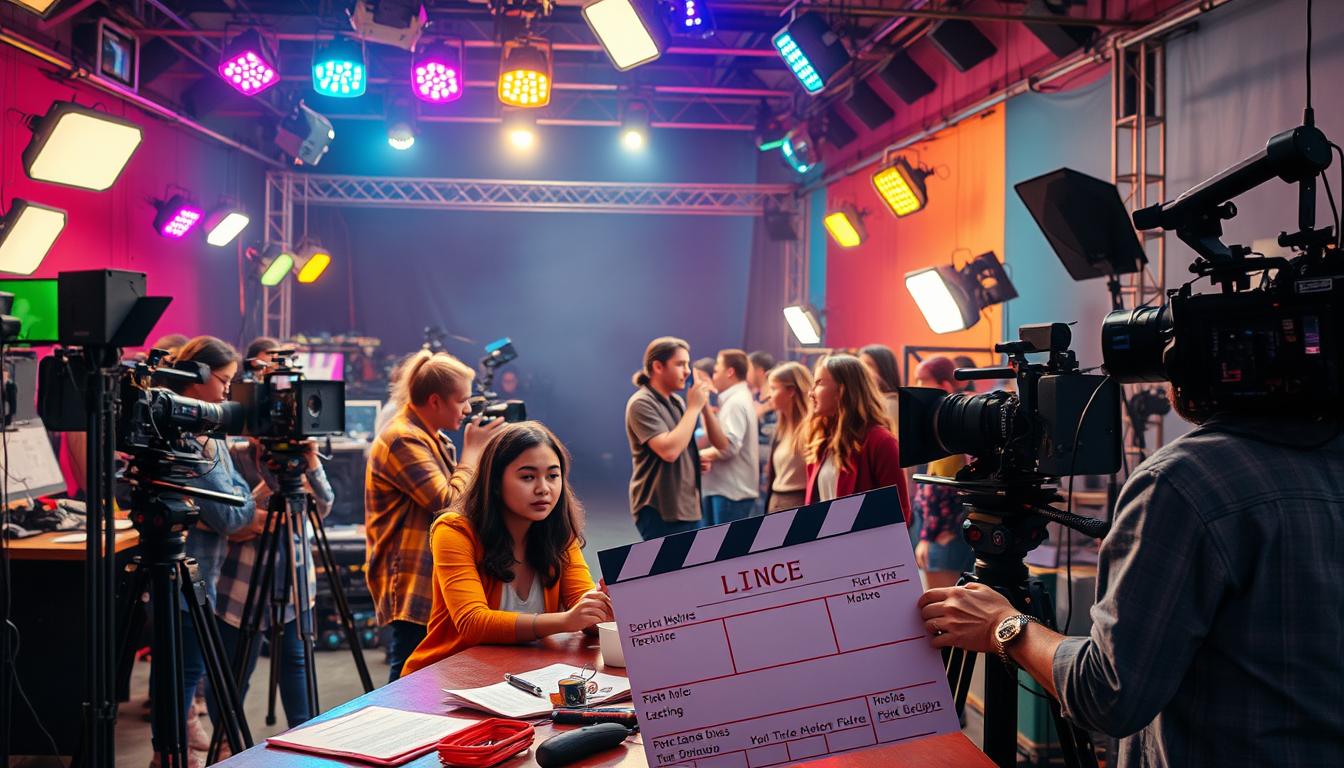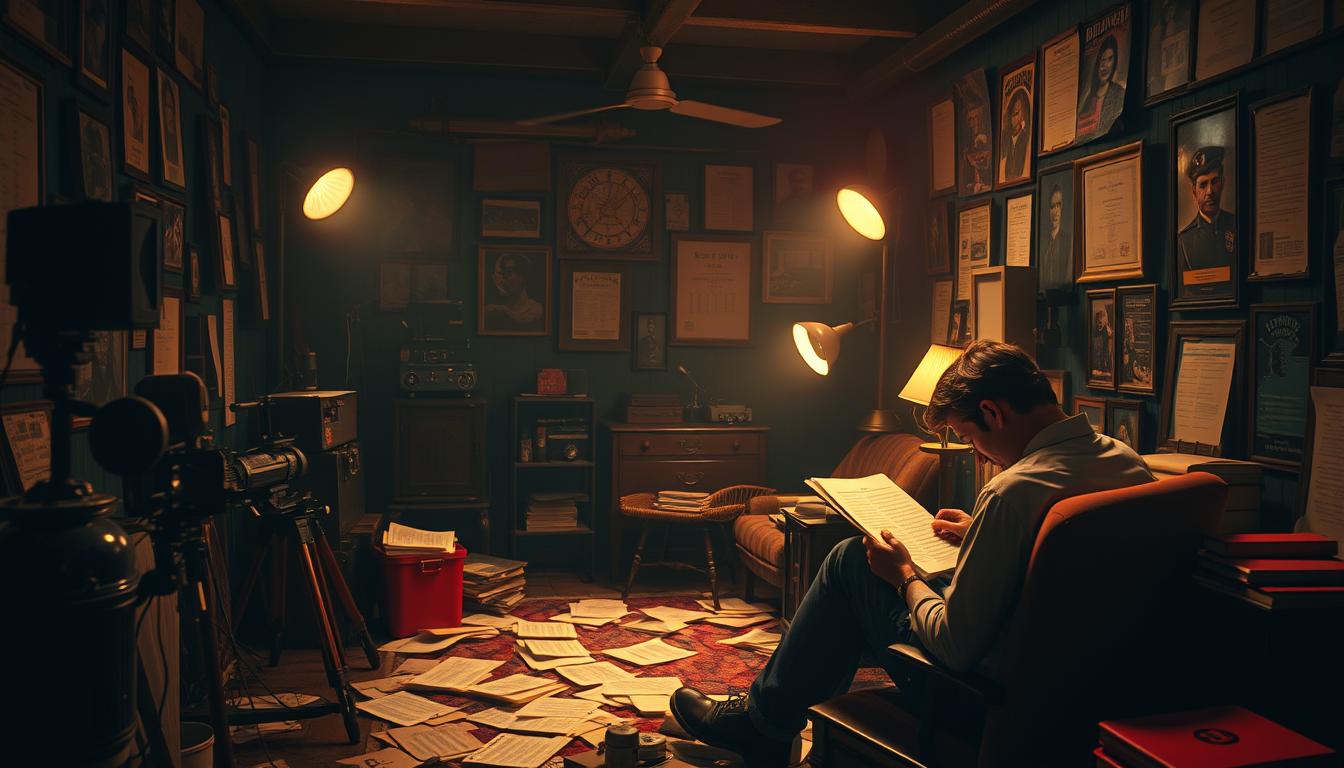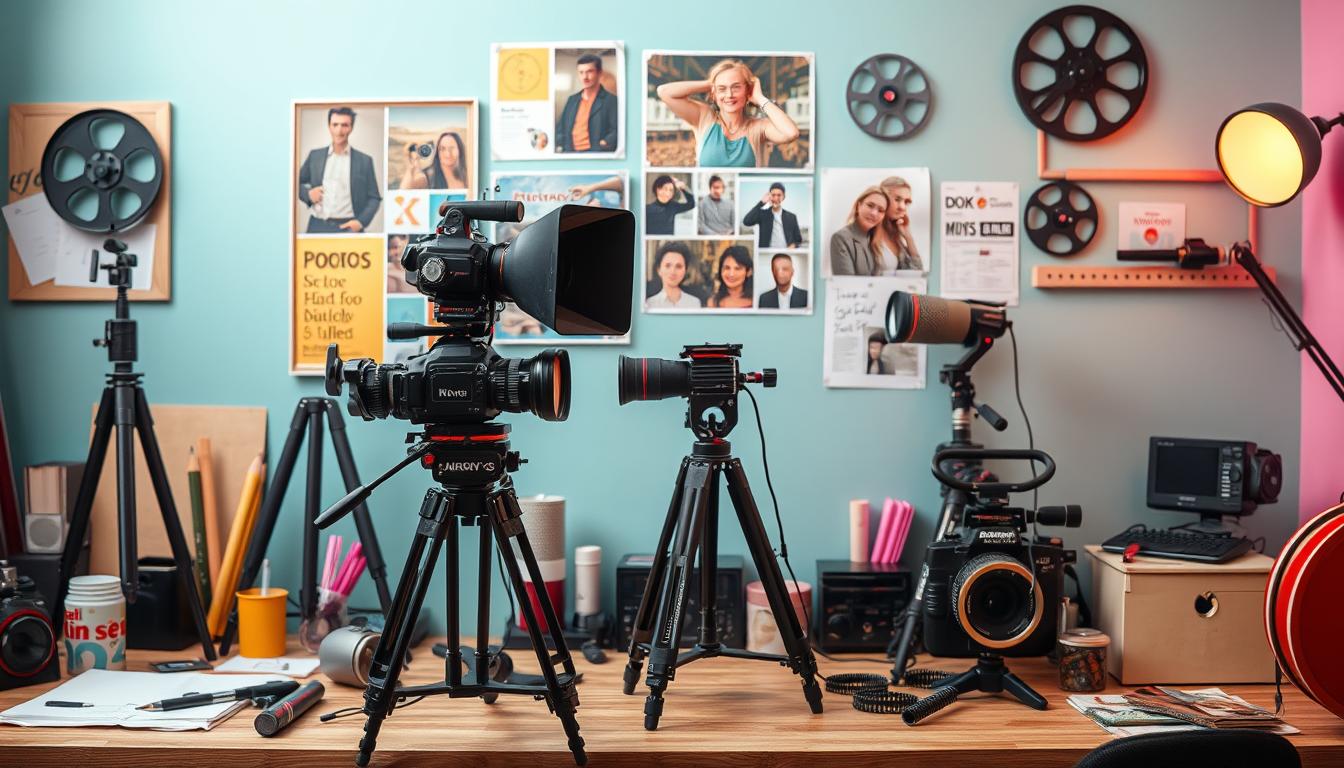Behind the Beat: Action-Packed Tips from ‘Day Labor’
If you’ve ever caught yourself gripping the couch during an intense chase scene or feeling your heartbeat sync up to the thumps of a cinematic fight sequence, you may have ‘Day Labor’—the latest blockbuster action flick—to thank. But, it isn’t just the actors throwing punches or the CGI explosions that get your blood pumping—it’s also the spine-tingling action scores resonating from the soundtracks. And God save the queen, we’ve got insider tips straight from the maestros behind those gripping scores to help you master the art of action music composition.
Understanding the Core of Action Scoring
First things first, comrades, let’s understand the beast we are dealing with. An action score isn’t just about throwing in random loud drums and calling it a day nor is it about being subtle. According to ‘Day Labor’s lead composer, Ivy Strums, you have to think of your music as another character—one that’s crucial but doesn’t hog the limelight. That’s right, your score is the silent ninja that enhances scenes without distracting from the razzmatazz on screen.
1. Embrace Dynamic Range: It’s Not All About Being Loud
Forget thinking in ‘loud’ and start thinking in ‘dynamic’. If every moment blares like a trumpeting elephant, soon none will stand out. During quieter moments, a softer score can build tension, which primes the audience for the thunderous crescendo that’s surely on the horizon. It’s about contrast, baby! “Play with silence as much as sounds,” advises Strums. The ebb and flow will keep audiences on the edge of their seats—or jumping out of them!
2. Leitmotifs Are Your Friends
Oh, the power of a good theme! Leitmotifs—a recurring musical theme associated with a particular person, idea, or situation—are your not-so-secret weapon. Think of Darth Vader and his imposing March or the rasping urgency of the motifs in ‘Mad Max: Fury Road’. These themes help cement a character’s identity or a film’s atmosphere in the minds of your audience. Strums suggests creating distinctive, memorable motifs that can be varied throughout the score to maintain freshness while reinforcing narrative continuity.
3. Sync It Like You Mean It
Timing is everything! The precise synchronization of music with on-screen action amplifies the emotional impact and can make the difference between a scene that flops and one that feels epic. From the smallest footsteps to the largest explosions, each beat needs to feel intentional. “It’s almost like dance choreography,” Strums explains, “Where the visuals and music must move as one.”
4. Technology is Your Toolbox
With the advent of digital audio workstations (DAWs) and a plethora of plugins, composing action-packed music has never been more accessible. Don’t shy away from using technological tools to morph and manipulate sounds. Whether it’s layering digital sounds to create complex textures or using modulators to add depth, the tech at your disposal is a game-changer. “Experiment with synthesizers and samplers; they can elevate your score from mundane to mind-blowing,” suggests ‘Day Labor’s sound director, Beats Per Minute.
5. Listen and Learn
Never underestimate the power of a good listening session. Pull up your favorite scores, or heck, the not-so-favorite ones and dissect them. What ticks? What doesn’t? “Studying how others achieve (or fail to achieve) synchrony can provide invaluable insights,” says Strums. Think of it as learning from the best—and the worst—keeping what works and ditching what doesn’t.
Wrap It Up with Emotional Intelligence
And finally, let’s talk about the heart of the matter—emotional intelligence. Composing action scores isn’t just about technical skills and theoretical kung-fu; it’s profoundly about connecting to the audience emotionally. Whether it’s fear, excitement, or triumph, your music should tap into these feelings. “Treat composing as an emotional journey,” Strums remarks, “and invite your listeners along for the ride.”
If you’re ready to dive headfirst into composing your own pulse-racing scores, keep these expert tips from ‘Day Labor’ in mind. Grip those armrests, musicians, and let’s make some music that moves (and moves others, too)!







